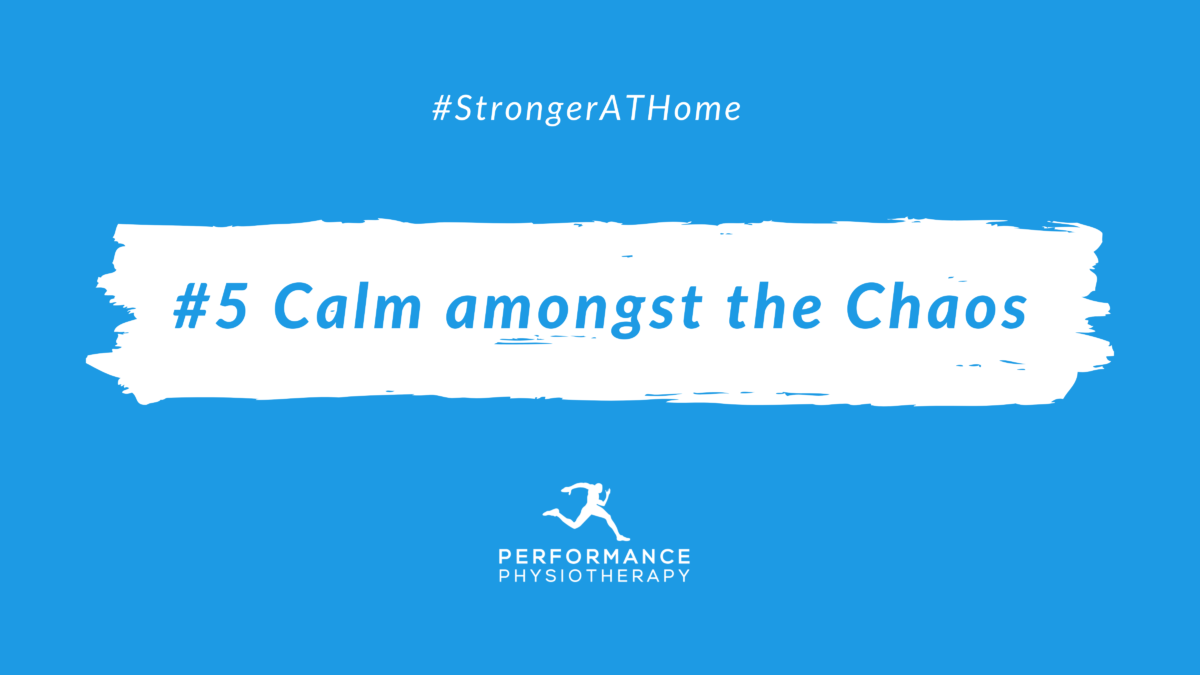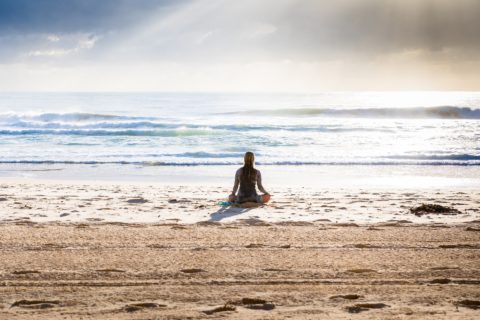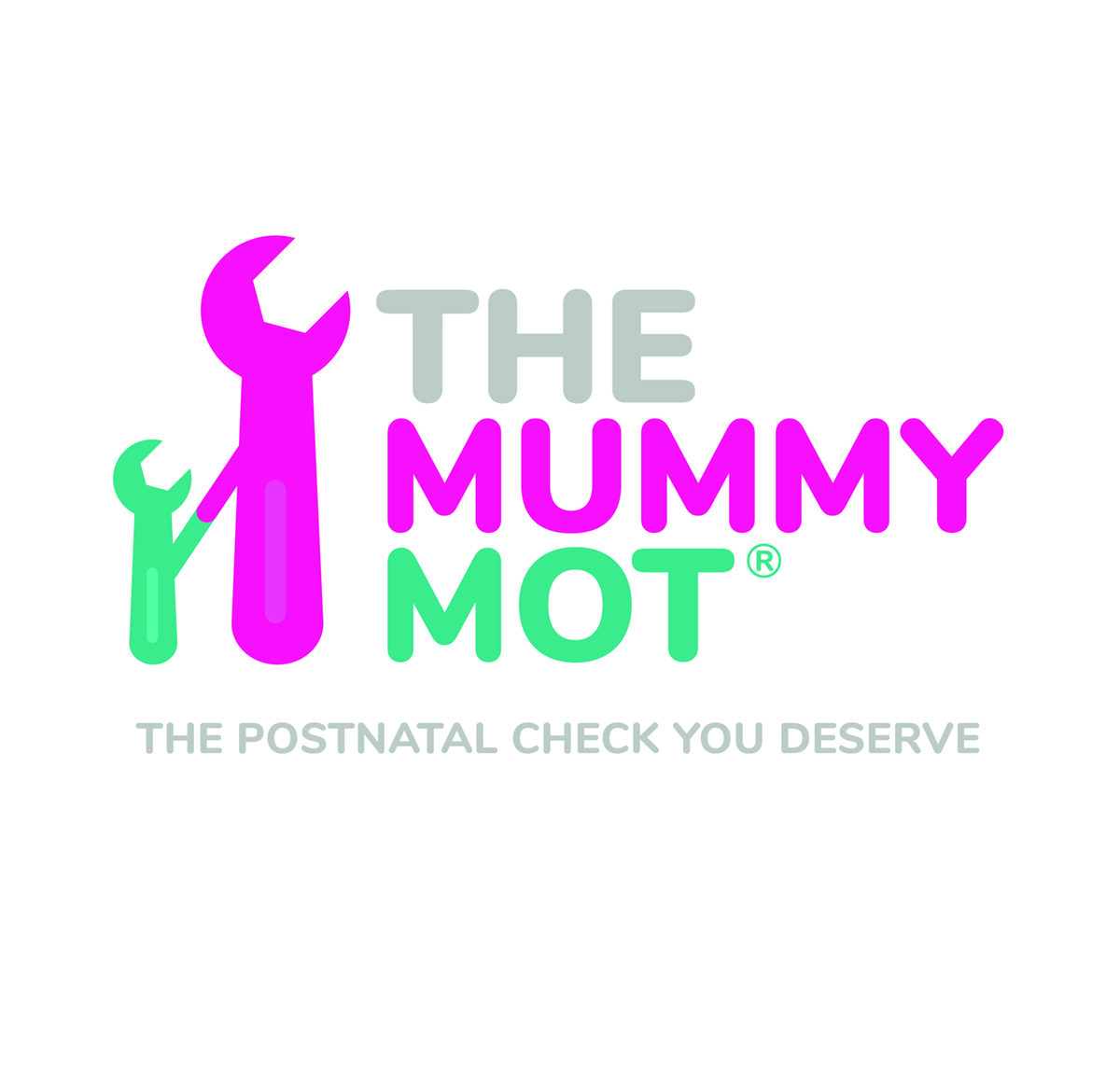Would you like help finding Calm among the Chaos?
And have an extended quality life? Sounds good, does it not?
Our life in lock-down is certainly different. There is fear, sadness, uncertainty and joy.
For some this is a time of chaotic busyness, trying to juggle the ‘home-school’ for the kids whilst trying to hold down a job or two. For others it is the immense stress of having lost a job and the not knowing when another one will come up. For those living alone it is the fear of the persistent silence of loneliness. And for those on the ‘front line’, working in care homes and hospitals, it is the stress of a battlefield, something any who has experienced this would hope no one else ever has to. But for all of us, at any time of life, there is struggle.
It is human nature to struggle and suffer
It is human nature to survive and thrive (Tidball, 2012)
So far in our #StrongerAtHome series we have focused on keeping the physical body limber and active, by understanding when [here], where [here] and how [here] to exercise. These are all very important for good mental and physical health.
However the stresses and strains of living and working in a confined space, amongst any other number of other very real stressors currently, and for a prolonged period of time, can have a profound negative effect on our health, both mental and physical.
The longer term negative medical impact of stress is well documented: cardiovascular problems such as high blood pressure, stroke, sexual dysfunction, gastrointestinal dysfunction and immune dysregulation leading to chronic diseases (Dhabhar et al., 2014).
So bearing this in mind, noticing how your body feels and learning how to reduce a fight or flight response is not just a good idea, but essential for living a long and healthy life [fascinating meta-analysis on telomere length in folk who meditate]. There are some very helpful and scientifically robust techniques, methods and apps out there to help and I have listed some useful resources and local professionals at the bottom of the blog for further information. But you have to actually do them for them to be effective!
The first prompt to gain a sense of mental and physical calm is to go back to your plan.
Make sure you plan in time for relaxation and equally importantly for an appropriate amount of sleep, actually diarize when you are going to go to bed, when you are going to sleep and when you are going to get up (make it 8 hours, no less than 7 and no more than 9). Chances are if it doesn’t get written down then something else will take precedent and you will have another late night. Sleep is critical, it is when we process, restore and heal. Sustained lack of sleep can get us in a real pickle, and we don’t need that right now.
A good way to help you to relax before sleep is to do a whole body visualisation relaxation. Have a lie down on a comfortable mat or bed and play.
The second prompt is to practice mindfulness.
Mindfulness is accessible to all of us, at any point in our day. It is simply the ability to be present, to notice one’s body, state of mind, surroundings, tastes, smells and sights.
The third, and arguably most essential, is to practice a form of meditation.
Research has proven immediate and long term benefit in reduced anxiety and depression as well as objective reduction in biological stress hormone cortisol and positive changes in brain imaging in functional MRI studies in (Avenutti et al., 2020; Rosencranz et al., 2016; Creswell et al., 2014).
Meditation is an opportunity to sit with the mind, the breathe and suspend our judgment of our-self and others. My personal journey to meditation is in another blog, feel free to read it [here].
A good way to start to practice meditation is through the breathe and with a mantra. A mantra is a nondescript word / sound so that your mind does not apply memory or thought specific to the sound. Focusing on the breathe can help bring the mind back when it wanders off. So how should we breathe?
Breathe…
Diaphragmatic tidal breathing has been shown to improve the function of both the autonomic and the central nervous system.
This means that your whole body will work better and you will be more relaxed.
Click [here on this link] for further direction and watch the video for how to practice this technique.
Now your breathing pattern is calm and relaxed you can focus on the meditation, here is a useful start…
Meditation Basics
- You can start by sitting comfortably, with your feet grounded on the floor, your back and maybe even your head and neck supported. If you really want to, you can sit in classic lotus position, but if you are not used to this position or if you have a stiff body then sitting on a chair or sofa is just perfect.
- Notice your legs and feel your feet heavy on the floor.
- Rest your arms and hands on your legs or wherever feels comfortable.
- Soften your gaze or close your eyes.
- Bring your attention to your breathe. Feel the air drawing in through your nose, into your chest and abdomen and then feel a pause before the air disappears out of your nose or mouth. As we slow and deepen our breathe, our heart rate and pulse slows too, this stimulates a physiological relaxation of the autonomic nervous system.
- Just sit breathe and notice the breathe. If you have a mantra, you can repeat this sound in your head.
- Your mind will likely wander to other thoughts, and this is ok. When you notice this, just bring your thoughts back to your breathe or your mantra. Sometimes this is easier than others to do, be kind to yourself and do not judge yourself or your thoughts.
- When your time is up, gently open your eyes or lift your gaze.
- Feel your feet again on the floor. Notice your environment, the sounds, the light, the smell. Notice how you feel, your mind and your body.
- Ideally you will sit for 20 minutes, but even stealing 3 minutes in a busy day will help. I always set my alarm, in case I fall asleep!
You are now ready for a productive day or for a restful nights sleep, set an intention and off you go!
Blog post written by Alexandra Frankham (MHPrac Phys, PG Cert Acup, PG Cert, BSc Hons, HCPC, CSP)
Useful Links to help with meditation and mindfulness.
Local Practitioners
Phone App’s
Resources





